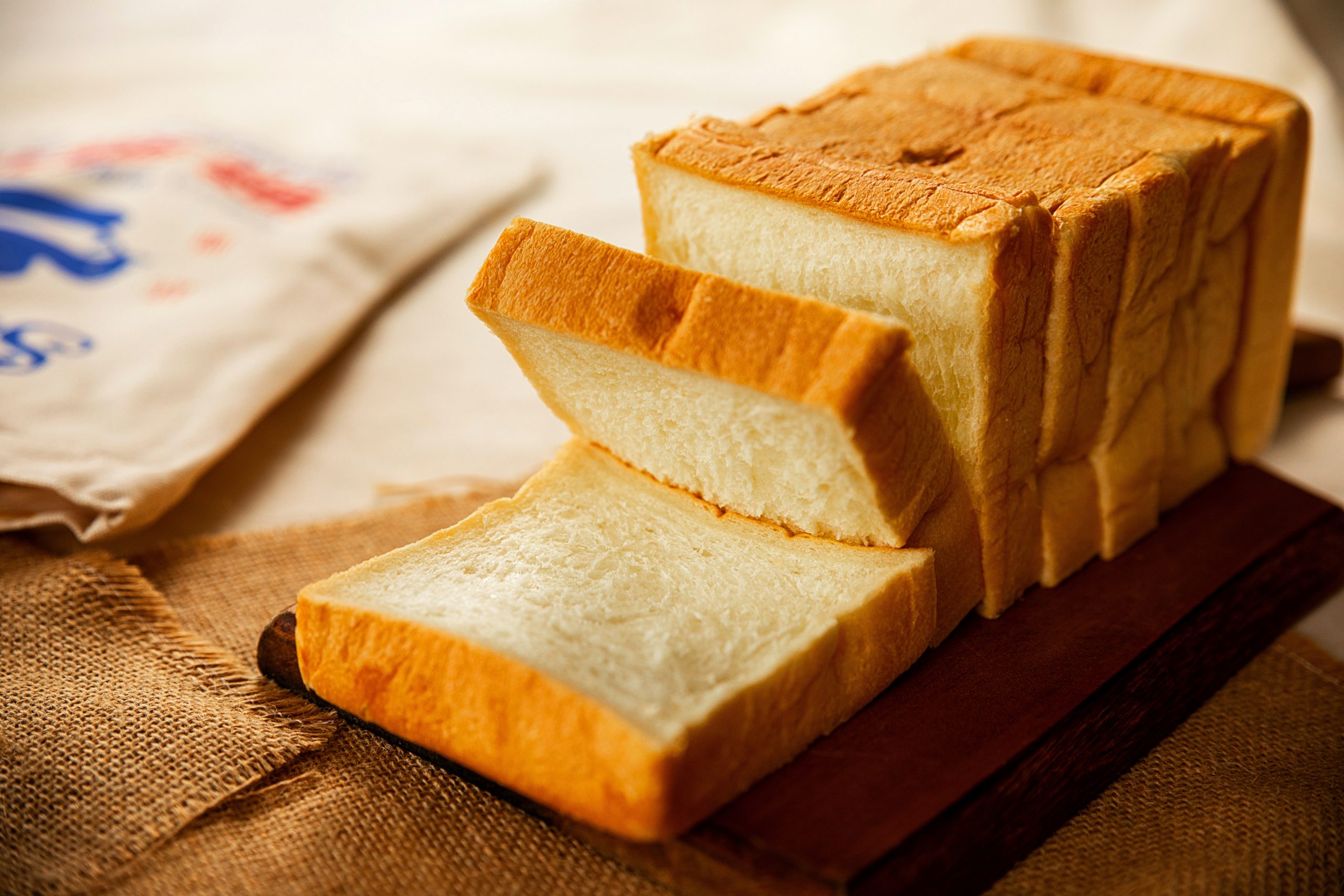

Articles
How Long Does Bread Last In The Refrigerator
Modified: August 28, 2024
Discover how long bread lasts in the refrigerator with this informative article. Learn the best storage practices and tips to keep your bread fresh for longer.
(Many of the links in this article redirect to a specific reviewed product. Your purchase of these products through affiliate links helps to generate commission for Storables.com, at no extra cost. Learn more)
Introduction
Welcome to the world of freshly baked bread! Whether it’s a warm loaf of sourdough, a crusty baguette, or a soft sandwich bread, there’s something undeniably comforting about the aroma and taste of freshly baked bread. However, one challenge that every bread lover faces is how to keep that loaf fresh for as long as possible. One popular method is to store bread in the refrigerator. But how long does bread actually last in the refrigerator?
The shelf life of bread can vary depending on various factors, including the type of bread, the ingredients used, and how it is stored. In this article, we will explore the factors that affect the shelf life of bread, discuss the benefits and drawbacks of refrigerating bread, and provide some useful tips for properly storing it in the refrigerator.
Key Takeaways:
- Properly storing bread in the refrigerator can extend its shelf life, but it may lead to faster staling, moisture loss, and flavor alteration. Consider freezing for longer storage and consume as fresh as possible.
- Factors such as bread type, ingredients, and storage conditions affect its shelf life. Trust your senses to identify spoiled bread, and follow proper storage techniques to optimize freshness and taste.
Read more: How Long Does A Refrigerator Last
Factors Affecting the Shelf Life of Bread
Several factors can impact how long bread stays fresh and edible. Understanding these factors can help you make informed decisions about storing your bread to extend its shelf life. Here are the key factors affecting the lifespan of bread:
- Type of Bread: The type of bread you have plays a significant role in determining its shelf life. Some bread, like white sandwich bread, typically has a longer shelf life than artisanal bread or bread made with natural ingredients. This is because certain additives and preservatives are commonly used in commercial bread to prolong its freshness.
- Ingredients: The ingredients used to make the bread can also affect its shelf life. Bread made with perishable ingredients like eggs, milk, or fresh fruits and vegetables may spoil more quickly than bread made with only basic ingredients like flour, water, yeast, and salt.
- Moisture Content: The moisture content of the bread is crucial for determining its freshness. Bread with higher moisture content tends to have a shorter shelf life as it provides a favorable environment for mold and bacteria to grow. Closely packed sandwich bread typically has lower moisture content, resulting in a longer shelf life.
- Storage Conditions: How you store your bread can significantly impact its shelf life. Exposure to air, heat, and sunlight can accelerate staleness and mold growth. It’s important to store your bread in a cool, dry place to maintain its freshness.
It’s essential to note that these factors are not absolute and may vary depending on the specific bread recipe and baking methods. Additionally, bread may still be safe to consume even after it starts to show signs of staleness or slight mold growth, although it might not be as enjoyable.
Storing Bread in the Refrigerator
When it comes to storing bread, many people opt to keep it in the refrigerator, believing it will help prolong its shelf life. While refrigeration can indeed slow down the staling process and prevent mold growth, it’s important to consider the potential drawbacks of storing bread in the refrigerator:
- Staling: Bread stored in the refrigerator tends to go stale faster than bread stored at room temperature. The cool environment of the refrigerator causes the starch in the bread to retrograde, leading to a dry and tough texture.
- Loss of Moisture: Refrigeration can also cause the bread to lose moisture, resulting in a drier texture. This is especially true for bread that is not tightly sealed or wrapped.
- Flavor Alteration: Storing bread in the refrigerator can alter its flavor by absorbing the flavors of other foods in the refrigerator. This can lead to unwanted taste changes, especially in more delicate bread varieties.
Despite these drawbacks, refrigeration can still be a viable option for storing bread, particularly if you live in a hot and humid climate where bread is prone to spoilage. When storing bread in the refrigerator, follow these guidelines:
- Wrap Properly: To prevent moisture loss and maintain freshness, wrap the bread tightly in plastic wrap or place it in an airtight container before placing it in the refrigerator.
- Keep Away from Odors: Position the bread away from strong-smelling foods in the refrigerator to prevent flavor absorption.
- Use Within a Few Days: Refrigerated bread should be consumed within a few days to ensure optimal taste and texture.
Overall, while refrigeration can help extend the shelf life of bread, it’s important to be aware of the potential trade-offs in terms of texture and flavor. It’s always best to consume bread as fresh as possible to fully enjoy its taste and aroma.
Signs of Spoiled Refrigerated Bread
While refrigerating bread can help slow down the process of staling and prevent mold growth, it’s essential to be able to identify signs of spoilage. Here are some common indicators that your refrigerated bread may have gone bad:
- Mold Growth: Mold is one of the most obvious signs that your bread has spoiled. Check for visible mold spots on the surface of the bread. If you see any, it’s best to discard the entire loaf, including any bread in contact with the mold.
- Off Odors: If your refrigerated bread emits a foul or unpleasant odor, it’s likely an indication that it has gone bad. Pay attention to any unusual or off-putting smells coming from the bread.
- Texture Changes: When bread spoils, its texture can change significantly. Look for any signs of extreme dryness, excessive moisture, or a slimy texture. These changes can indicate that bacteria or fungi have started to break down the bread.
- Unusual Colors: If the bread has developed unusual discoloration, such as green or blue spots, it’s a clear sign of spoilage. Do not consume bread with abnormal colors.
- Taste Test: If none of the above signs are present, you can perform a taste test to determine if the bread has gone bad. If the taste is off, has a sour or unpleasant flavor, it’s best to discard the bread.
It’s important to note that refrigeration can delay the growth of mold and bacteria, but it doesn’t prevent it entirely. So, always trust your senses and use your judgment when evaluating the quality of refrigerated bread. When in doubt, it’s safer to err on the side of caution and discard any bread that appears spoiled.
Bread can last in the refrigerator for about 7-10 days. To keep it fresh, store it in a sealed plastic bag or airtight container to prevent it from drying out.
Tips for Properly Storing Bread in the Refrigerator
If you’ve decided to store your bread in the refrigerator, following these tips can help you maximize its shelf life and maintain its quality:
- Wrap it Properly: Before refrigerating, tightly wrap the bread in plastic wrap or place it in an airtight container to prevent moisture loss and keep it fresh.
- Keep it Away from Odors: Position your bread away from strong-smelling foods in the refrigerator to avoid absorbing unwanted flavors.
- Use a Bread Box: If you have space in your refrigerator, consider using a designated bread box or container specifically designed to maintain bread’s moisture levels and prevent staling.
- Freeze for Longer Storage: If you don’t plan on consuming the bread within a few days, it’s best to freeze it. Slice the bread before freezing to make it easier to thaw only the slices you need.
- Thaw Carefully: When thawing frozen bread, take out the desired number of slices and allow them to defrost at room temperature or gently toast them to regain their texture and freshness.
- Consider Slicing as Needed: To minimize waste, consider slicing the bread as needed instead of slicing the entire loaf at once. This helps maintain its freshness for a longer time.
- Consume as Fresh as Possible: Refrigeration can only extend the shelf life of bread to a certain extent. For the best taste and texture, try to consume refrigerated bread within a few days.
By following these tips, you can help prolong the freshness of your refrigerated bread and ensure that each slice tastes as good as the day it was made.
Frequently Asked Questions
Here are some commonly asked questions about storing bread in the refrigerator:
- Is it necessary to refrigerate bread?
- How long does bread last in the refrigerator?
- Can I freeze bread instead of refrigerating it?
- How can I revive stale bread?
- Are there any bread varieties that should not be refrigerated?
No, it is not necessary to refrigerate bread, especially if you plan to consume it within a few days. Storing bread in a cool, dry place at room temperature can help maintain its freshness. However, refrigeration can be beneficial in hot and humid climates or when trying to extend the shelf life of bread.
The shelf life of bread in the refrigerator can vary depending on several factors such as the type of bread, ingredients used, and storage conditions. Generally, refrigerated bread can last for about 5-7 days before it starts to lose its freshness and texture.
Yes, freezing bread is a great option for long-term storage. Slice the bread before freezing it and place the slices in a freezer-safe bag or container. Frozen bread can last for several months. Thaw only the slices you need when ready to consume.
If your refrigerated bread begins to go stale, there are a few ways to revive it. You can lightly moisten the bread with water and then crisp it in the oven or toaster. You can also use stale bread to make breadcrumbs or croutons.
Some bread varieties, such as crusty artisan bread with a crispy crust, may lose their texture and become soft when refrigerated. These breads are best stored at room temperature in a paper bag to maintain their crustiness.
Remember, these are general guidelines, and the exact shelf life of refrigerated bread may vary depending on various factors. Always trust your senses and use your judgment when determining whether bread is still safe to consume.
Conclusion
Properly storing bread in the refrigerator can help extend its shelf life and prevent mold growth, but it’s important to consider the potential drawbacks. While refrigeration can slow down the staling process, it can also cause bread to go stale faster and lose moisture. Additionally, storing bread in the refrigerator may alter its flavor due to absorption of odors from other foods.
When refrigerating bread, ensure it is tightly wrapped in plastic wrap or stored in an airtight container to maintain its freshness. Position the bread away from strong-smelling foods in the refrigerator to avoid unwanted flavor changes. However, be mindful that refrigeration is not a magic solution and won’t indefinitely preserve the freshness of bread.
If you don’t plan to consume the bread within a few days, it’s best to freeze it to further extend its shelf life. Thaw frozen bread slices as needed to maintain their texture and freshness.
Ultimately, the best way to enjoy bread is to consume it as fresh as possible. Whether you choose to store it in the refrigerator or at room temperature, be sure to keep an eye out for signs of spoilage, such as mold growth or off odors. Trust your senses and use your judgment to determine the quality and safety of the bread.
By understanding the factors that affect the shelf life of bread and following proper storage techniques, you can optimize the freshness and taste of your beloved loaves for a longer period of time. Happy bread storing and enjoy the deliciousness that freshly baked bread brings!
Frequently Asked Questions about How Long Does Bread Last In The Refrigerator
Was this page helpful?
At Storables.com, we guarantee accurate and reliable information. Our content, validated by Expert Board Contributors, is crafted following stringent Editorial Policies. We're committed to providing you with well-researched, expert-backed insights for all your informational needs.


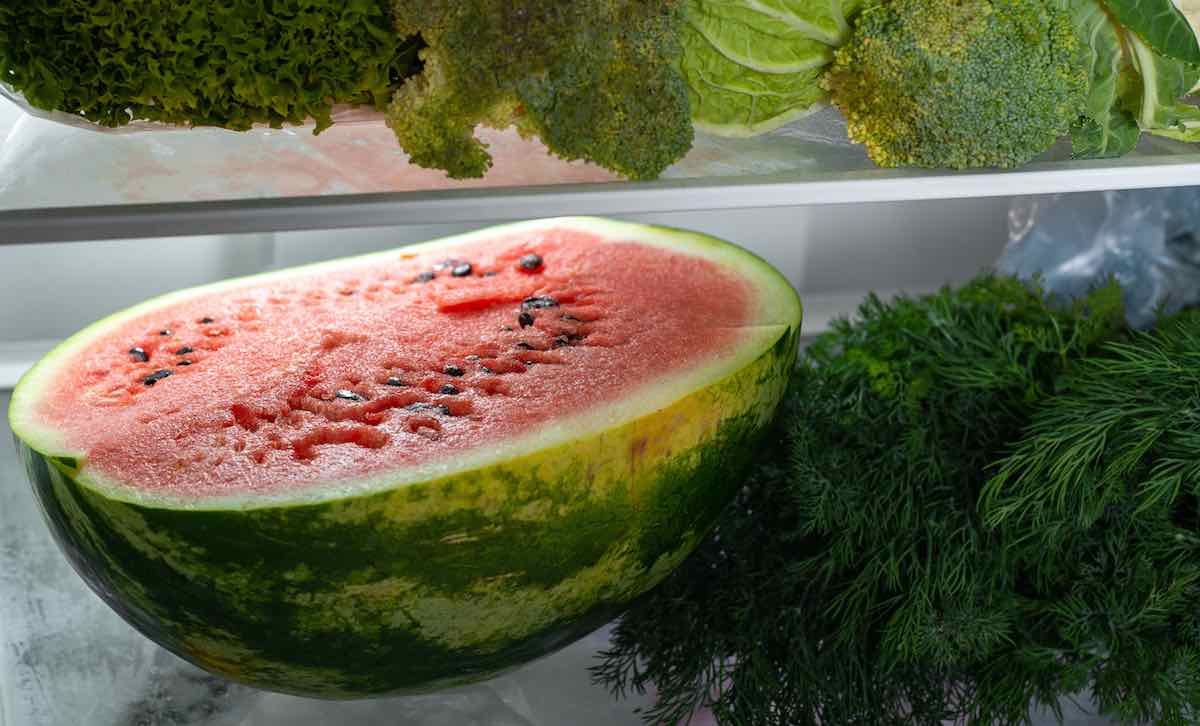
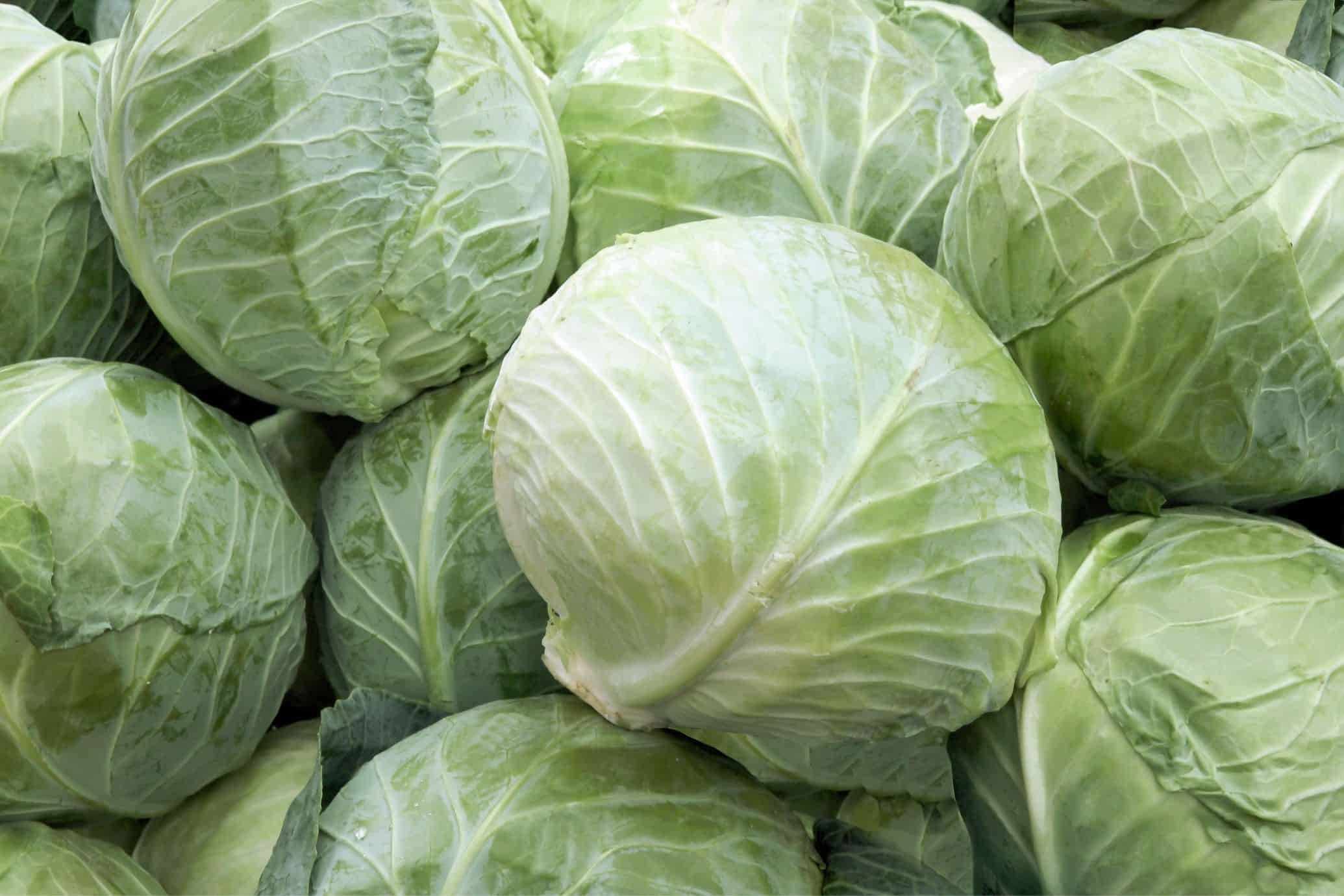
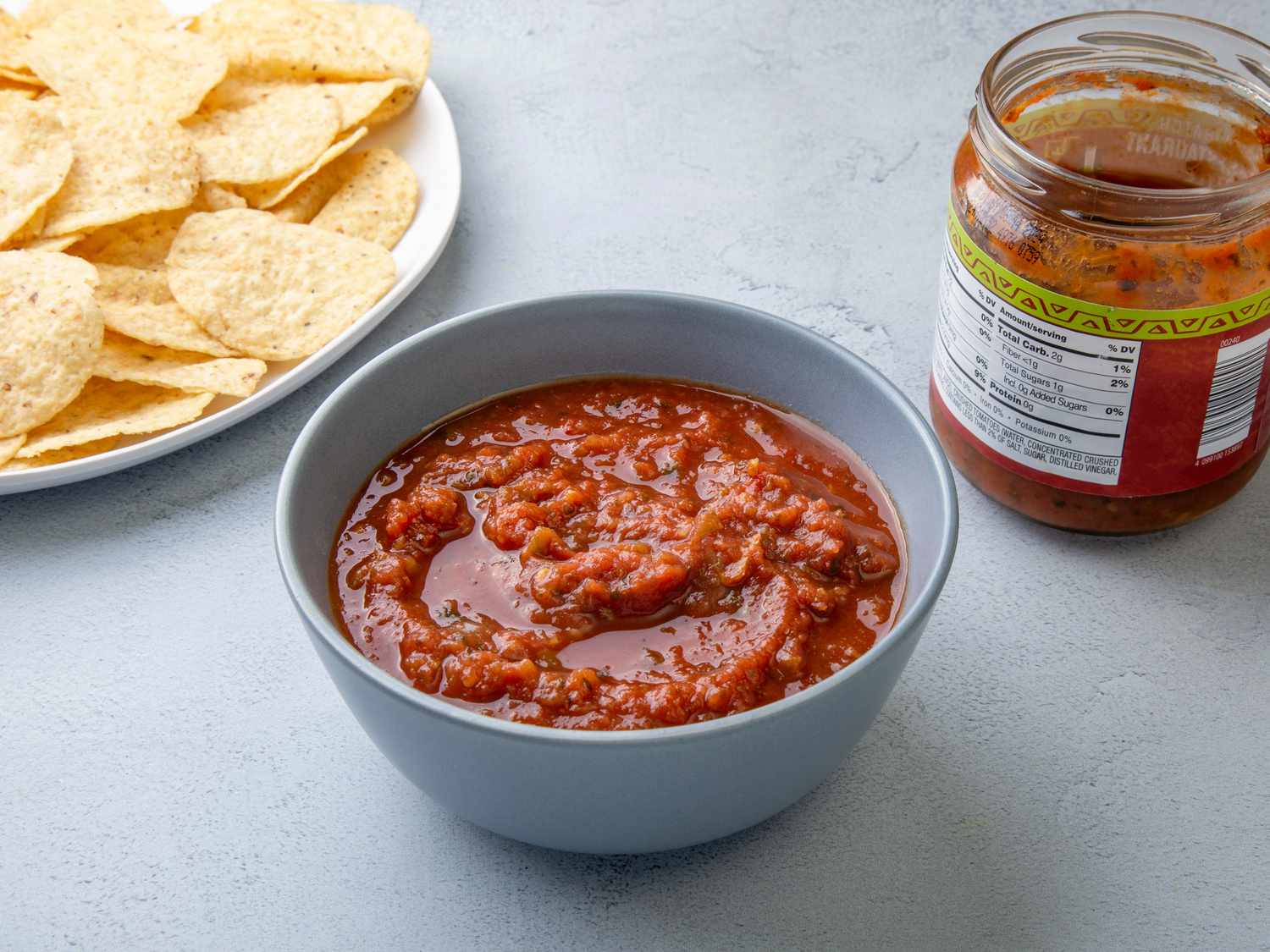
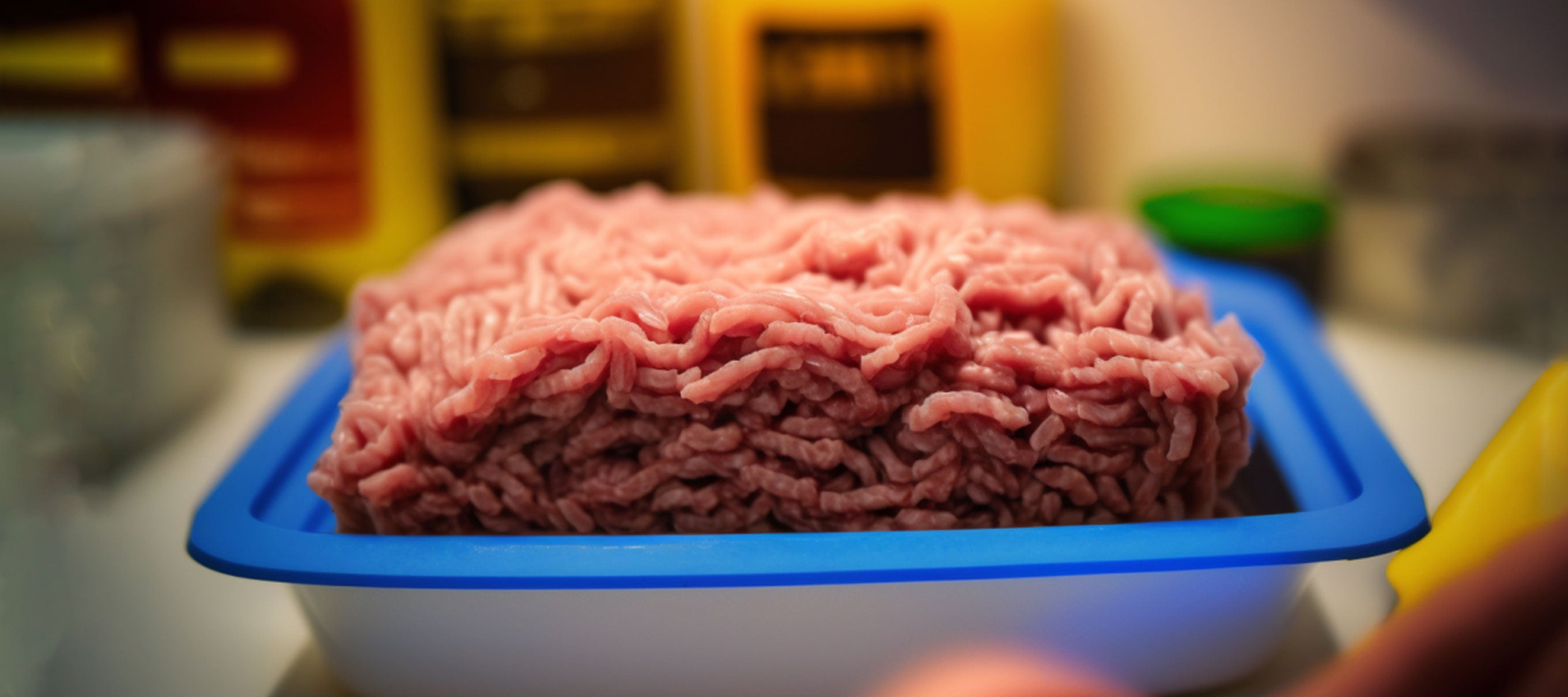
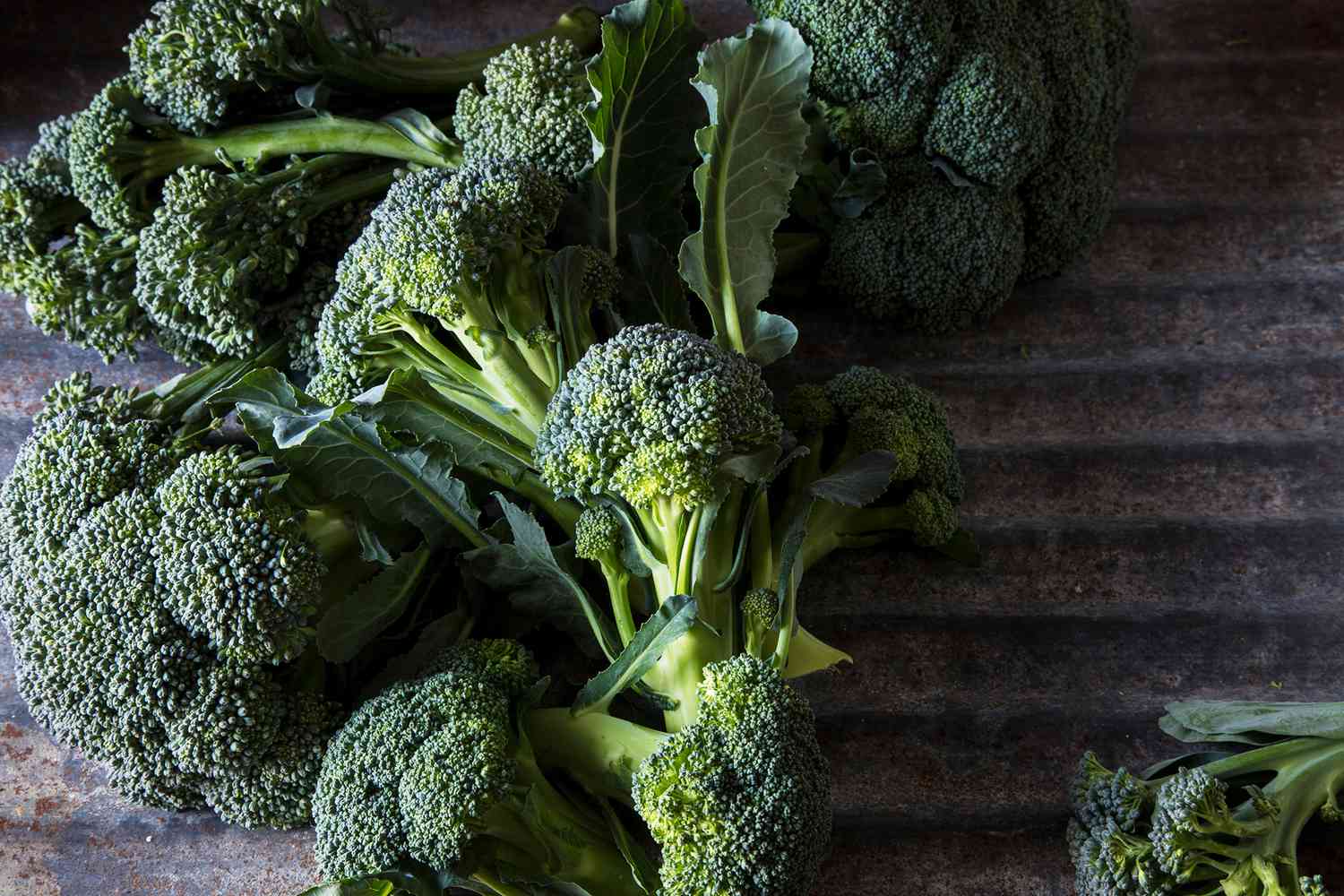


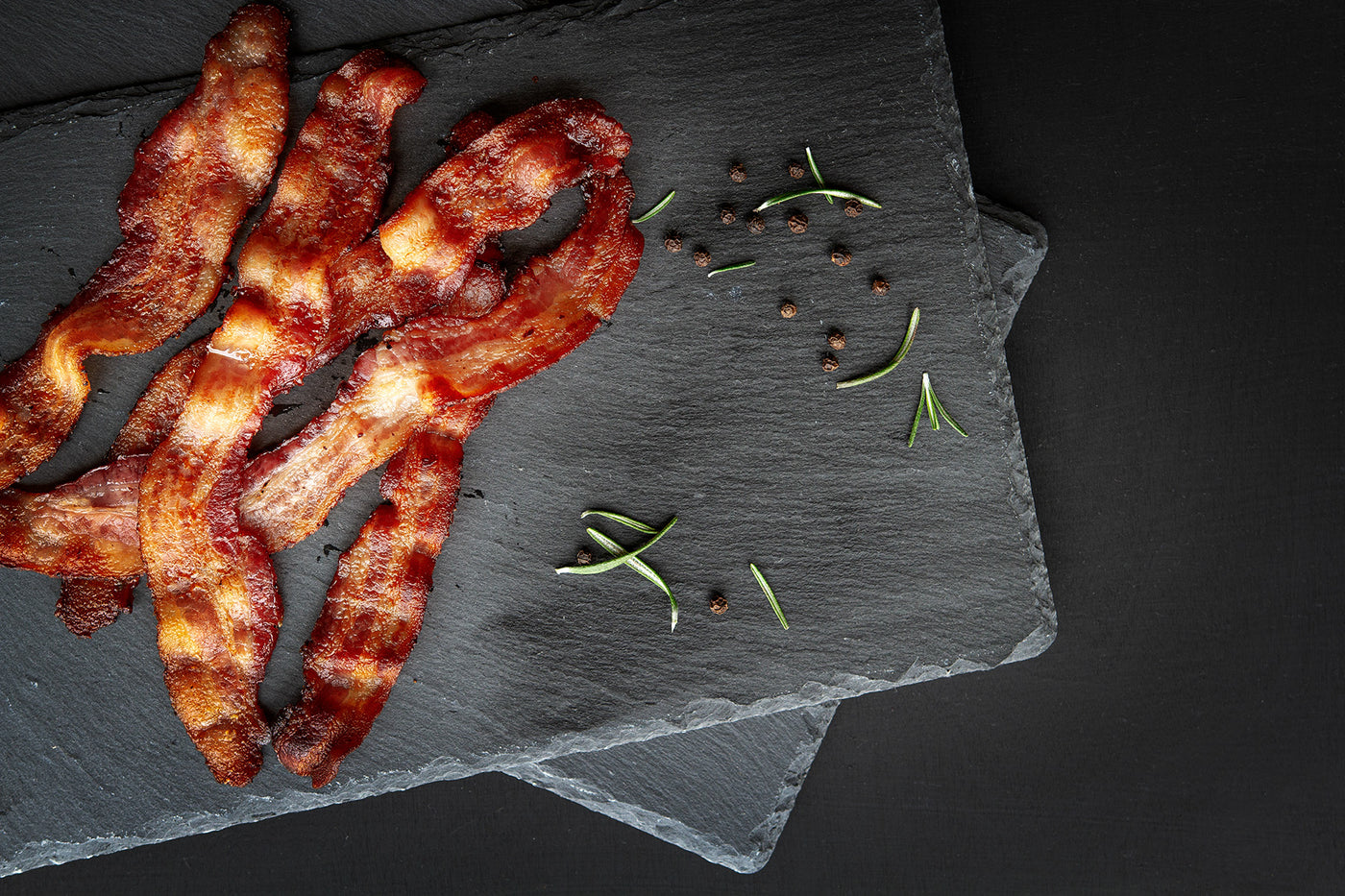
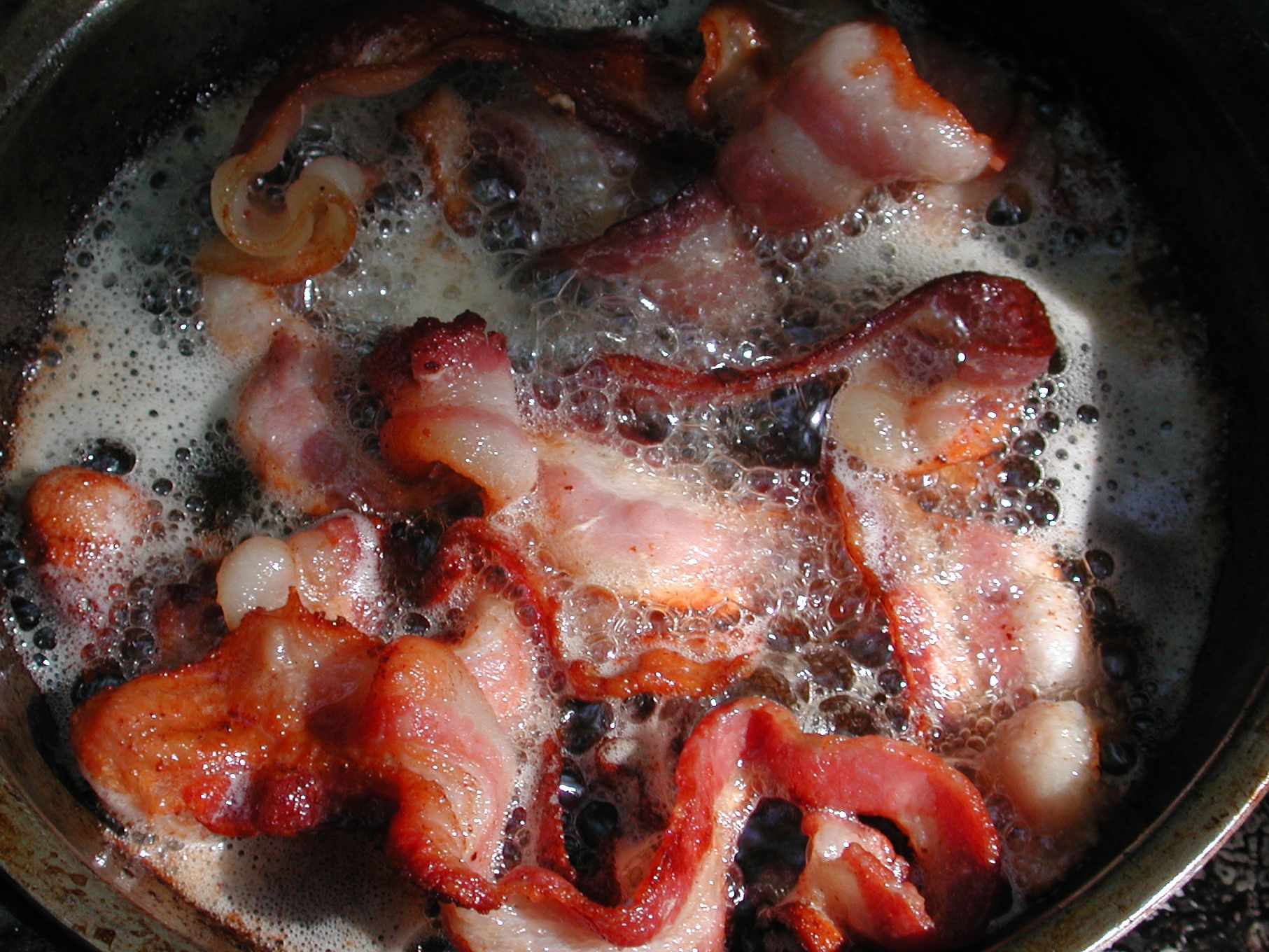
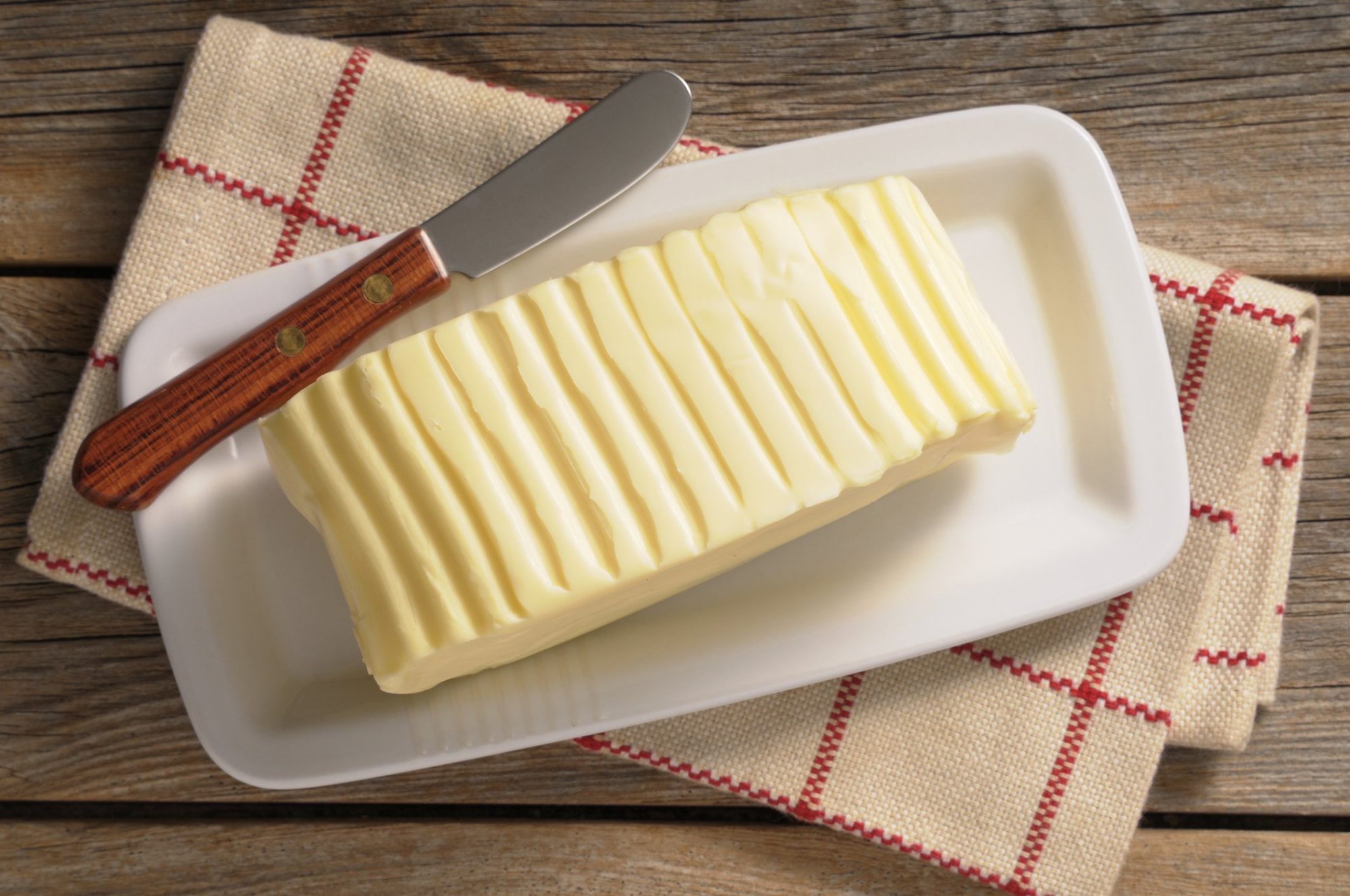

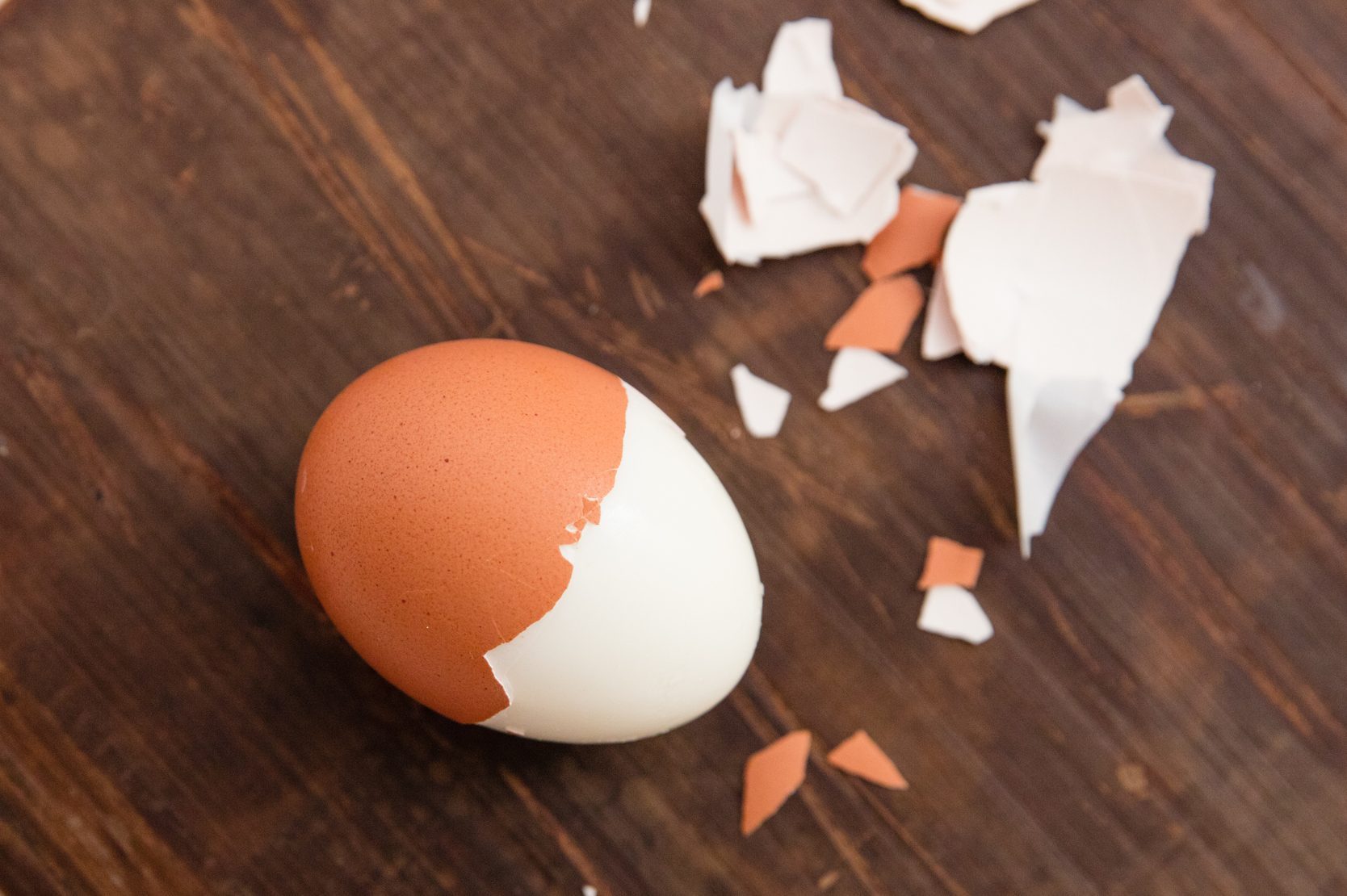

0 thoughts on “How Long Does Bread Last In The Refrigerator”